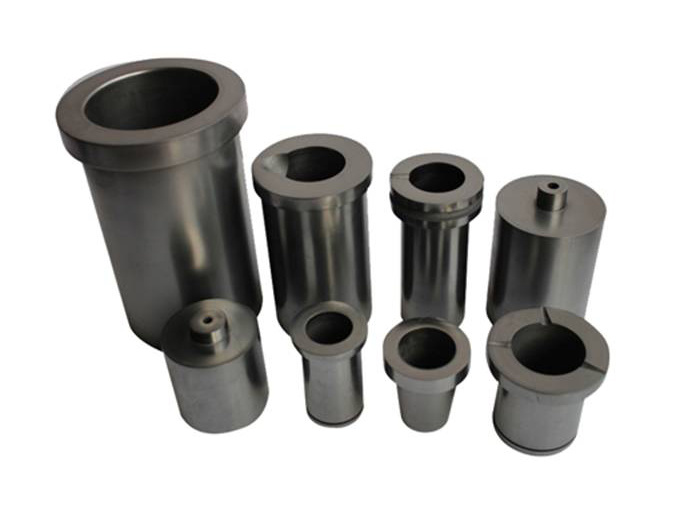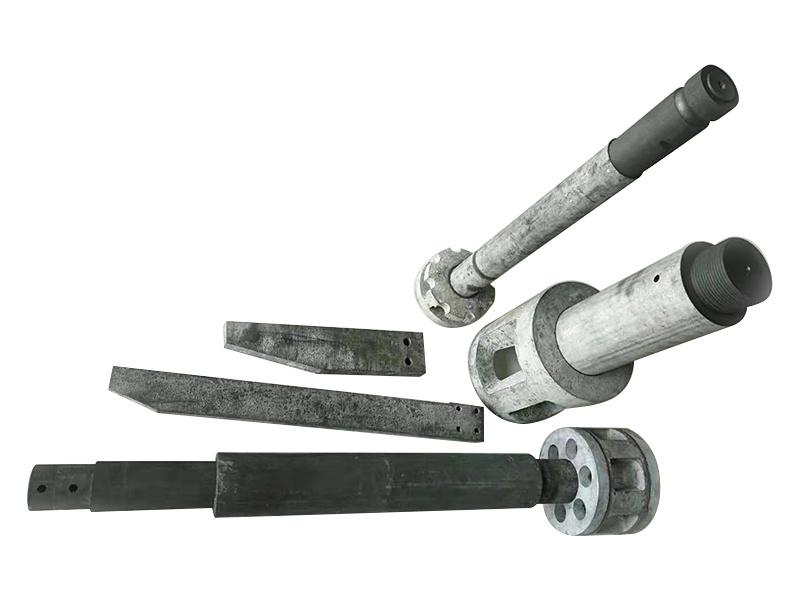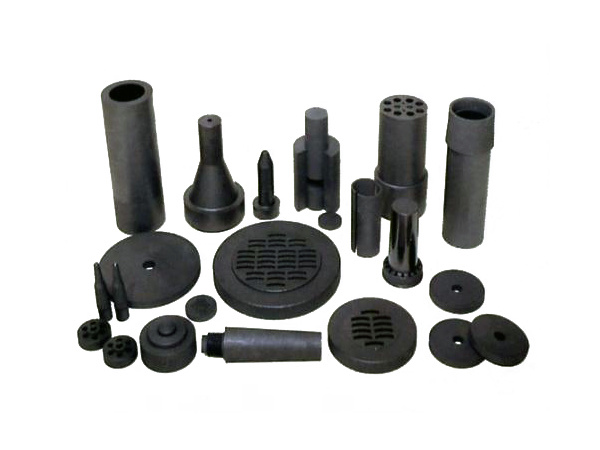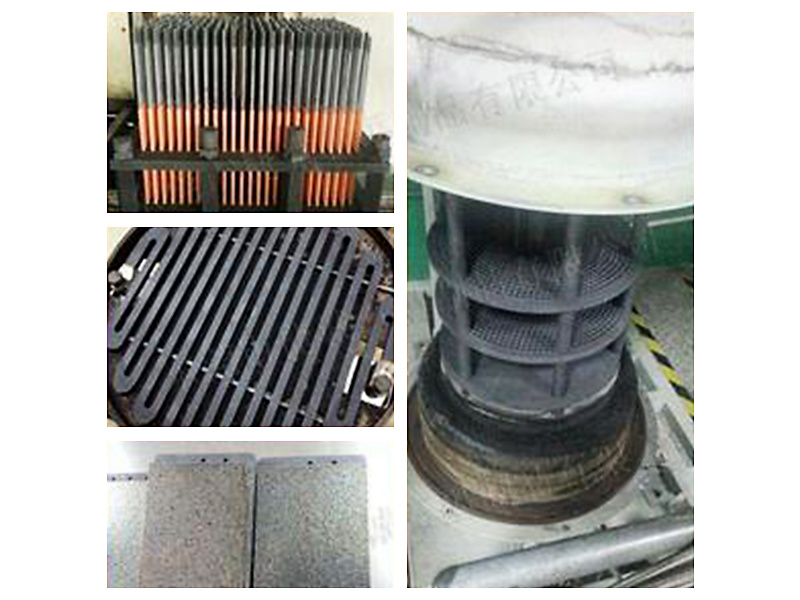

Application of mold
1. Graphite molds for non-ferrous metal continuous casting and semi-continuous casting: In recent years, domestic and foreign countries are promoting advanced production methods such as direct continuous (or semi-continuous) manufacturing of rods or pipes from the molten metal state. China has begun to adopt this method in copper, copper alloy, aluminum, aluminum alloy and other aspects. Artificial graphite is considered a suitable material as a mold for continuous casting or semi-continuous casting of non-ferrous metals.
Key words:
Classification:
Product Description
1. Graphite molds for non-ferrous metal continuous casting and semi-continuous casting: In recent years, domestic and foreign countries are promoting advanced production methods such as direct continuous (or semi-continuous) manufacturing of rods or pipes from the molten metal state. China has begun to adopt this method in copper, copper alloy, aluminum, aluminum alloy and other aspects. Artificial graphite is considered a suitable material as a mold for continuous casting or semi-continuous casting of non-ferrous metals. Production practice proves that due to the use of graphite molds, due to its good thermal conductivity (the thermal conductivity determines the solidification speed of the metal or alloy), the mold's self-lubricating performance is good, and other factors not only increase the mold speed, but also Accurate, smooth surface, uniform crystal structure, can be directly processed in the next process. This not only greatly improves the yield rate and reduces the loss of waste products, but also significantly improves the product quality. There are two continuous casting methods: vertical continuous casting and horizontal continuous casting.
2. Mould for pressure casting: Artificial graphite material has been successfully used for pressure casting of non-ferrous metals. For example, zinc alloy and copper alloy castings produced from pressure-molding molds made of artificial graphite materials have been used in automotive parts and the like.
3. Graphite mold for centrifugal casting: Graphite mold has been successfully applied to centrifugal casting. The United States has used artificial graphite molds with a wall thickness of more than 25 mm to centrifugally cast bronze sleeves. In order to prevent burning of the artificial graphite mold, certain anti-oxidation measures can be taken. After casting a certain number of castings, if the inner surface of the mold is found to be damaged, the size of the inner hole of the mold can be enlarged to be used for casting large-size casing.
4. Hot-pressing molds: Artificial graphite hot-pressing molds are used for the pressure sintering of hard alloys with the following characteristics: First, if the pressing temperature is increased to 1350-1450 degrees, the required unit pressure can be reduced to 67-100 kgf / cm2 (that is, 1/10 of the cold pressing pressure) is sufficient; the second is that the pressurization and heating are performed in the same process, and after a short time sintering, a dense sintered body can be obtained.
5. Mold for glass forming: Because graphite material has chemical stability, it is not easy to be infiltrated by molten glass, it will not change the composition of glass, graphite material has good thermal shock resistance, and its size changes with temperature. It has become an indispensable mold material in manufacturing. It can be used to manufacture glass tube, elbow, funnel and other various shaped glass bottles.
6. Sintering molds and other diamond sintering molds: Sintering molds and brackets for making transistors can be manufactured by utilizing the characteristics of minimal thermal deformation of artificial graphite materials. They are now widely used and have become an indispensable material for the development of the semiconductor industry. In addition, graphite molds are also used in molds for cast iron, durable molds for various non-ferrous metals, molds for cast steel, molds for heat-resistant metals (titanium, zirconium, molybdenum, etc.) and aluminum for welding rails. Heat-welded molds, etc. Graphite molds for hot-pressed sintered diamond tools bear the dual role of heating elements and mold support during the manufacturing process of diamond tools. The quality of graphite molds directly affects the dimensional accuracy and appearance of diamond tools.
Hot pressing sintering process requirements: The temperature reaches (1000 ± 2) ° C, the forming pressure is 16-50 MPa, the heat preservation and holding time is 15-30 minutes, and the environment is non-vacuum. Under this working condition, graphite molds for forming and heating elements are required to have conductivity, high resistivity, and sufficient mechanical strength, as well as good oxidation resistance and long service life to ensure diamond Tool dimensional accuracy and excellent performance. At present, graphite mold materials used for diamond tool manufacturing in developed countries in the West are mainly ultrafine particle structure, high purity and high graphitization degree graphite materials. The average particle size is required to be less than 15 μm, even less than 10 μm, and the medium pore size is less than 2 μm. A graphite mold made of this carbon raw material has a small porosity, a dense structure, a high surface finish, and strong oxidation resistance. The average service life is 30 to 40 times. Diamond molds require high material hardness, good oxidation resistance, and high processing accuracy. The use of graphite raw materials greatly extends the life of the mold and improves the oxidation resistance.
:Next
Related Products
Welcome to leave a message for consultation








